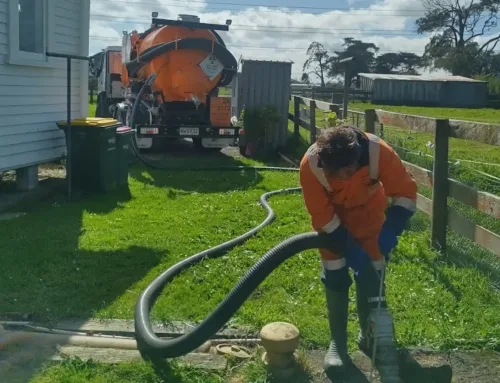The Ultimate Guide To Reclaim Waste
The Ultimate Guide To Reclaim Waste
Blog Article
Reclaim Waste Things To Know Before You Buy
Table of ContentsNot known Details About Reclaim Waste About Reclaim WasteSome Known Incorrect Statements About Reclaim Waste The Ultimate Guide To Reclaim WasteAll about Reclaim Waste
Domestic sewer waste refers to the waste and items from a domestic septic container. The proper administration and disposal of residential sewage waste require fluid waste to be moved to a sewer treatment plant where the appropriate approaches and tools are applied to cleanse and dispose of waste.
Industrial waste often includes prospective dangers, such as combustible products or a mixture of liquid and solid waste products, and needs an advanced and detailed disposal process. The disposal of industrial waste normally entails the purification of waste before transport to ensure safe and proper disposal. Industrial waste is produced from by-products and overflow of industrial procedures and production.
This sort of waste can not use the exact same sewage administration transportation or processes as septic or commercial liquids. The industrial waste management procedure calls for the inspection and screening of fluid waste prior to it goes through the disposal process (liquid waste removal melbourne). Runoff waste is the liquid waste that originates from drainage and excess stormwater in extremely inhabited areas or cities
Drainage waste can trigger contamination and flooding if not handled properly. Making certain appropriate waste monitoring can stop catastrophes and reduce ecological harm.
Our Reclaim Waste PDFs
Call PROS Services today to find out about our waste management and disposal services and the correct ways to take care of the fluid waste you generate.
(https://share.evernote.com/note/7e2c20e2-4e08-1523-1aa2-d06cf7e27761)Do you recognize what occurs to your water when you disengage, purge the bathroom or drain the cleaning machine? No? Well, it deserves understanding. This so-called 'wastewater' is not just an important source however, after therapy, will be launched to our land, waterways or the sea. Used water from toilets, showers, bathrooms, kitchen sinks, washings and commercial processes is called wastewater.

water made use of to cool machinery or clean plant and tools). Stormwater, a form of wastewater, is overflow that moves from agricultural and metropolitan locations such as roofing systems, parks, yards, roadways, courses and gutters into stormwater drains pipes, after rainfall. Stormwater flows unattended directly to local creeks or rivers, ultimately getting to the sea.
Top Guidelines Of Reclaim Waste
In Queensland, a lot of wastewater is dealt with at sewage treatment plants. Wastewater is moved from domestic or commercial websites via a system of sewage systems and pump terminals, referred to as sewage reticulation, to a sewage treatment plant. Local governments build, maintain and run most sewer therapy plants. Operators are certified under the Environmental Management Act 1994 to discharge treated wastewater at an acceptable ecological criterion into waterways.
The Department of Natural Resources recommends local federal governments regarding managing, operating and maintaining sewage systems and therapy plants. In unsewered areas, city governments might need householders to mount private or home sewer therapy systems to treat residential wastewater from bathrooms, kitchens, bathrooms and washings. The Department of Natural Resources authorizes making use of household systems when they are confirmed to be efficient.
In some new communities, therapy of some stormwater to remove trash, sand and gravel has actually begun utilizing gross pollutant traps. Wastewater treatment happens in four phases: Removes strong issue.
Uses little living microorganisms understands as micro-organisms to damage down and eliminate continuing to be dissolved wastes and fine bits. Micro-organisms and wastes are included in the sludge.
Get This Report about Reclaim Waste
Nutrient removal is not offered whatsoever sewage more tips here treatment plants because it requires pricey specialized devices. It is ending up being a lot more typical in Queensland. Clear liquid effluent produced after treatment might still consist of disease-causing micro-organisms. If this effluent is released into rivers such as rivers or the sea, the micro-organisms will at some point pass away out.

This typically means wastewater has to be dealt with or impurities eliminated prior to it can be released to waterways. The majority of wastewater moves into the sewage system. Under the Act, neighborhood federal governments administer approvals and permits for eco appropriate tasks (Ages) involving wastewater launches that could have a local effect. The division administers authorizations and licences to Periods involving wastewater launches that might have a local or statewide effect.
The smart Trick of Reclaim Waste That Nobody is Discussing
Monitoring offers accurate info concerning water quality and can confirm that licence conditions are being met. The information obtained through tracking supplies the basis for making water top quality choices.
Report this page